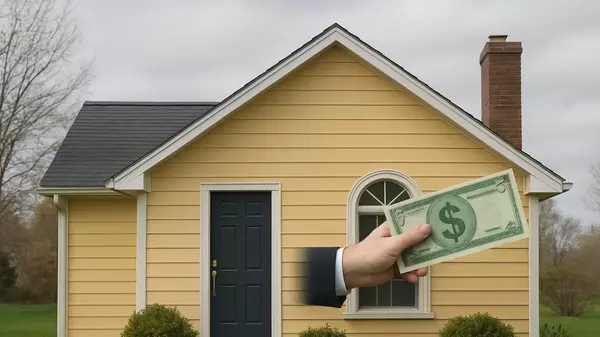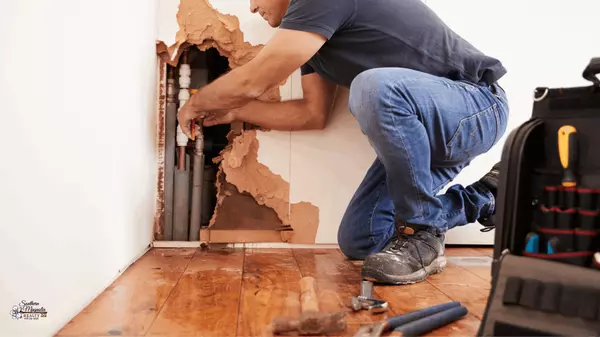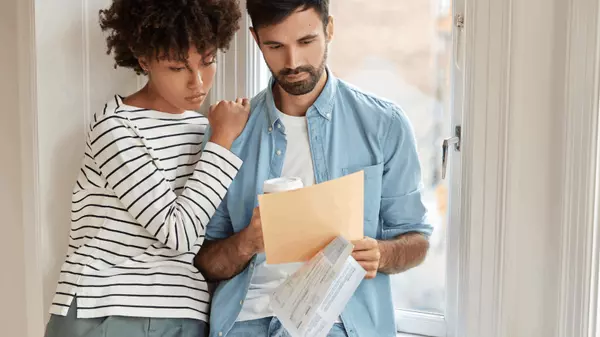The Hidden Costs of Homeownership: How to Avoid Financial Stress
The True Cost of Homeownership: Are You Financially Prepared?
What if I told you that over 30 years, the average homeowner will spend more than $180,000 on repairs and maintenance?
Sounds shocking, right? But when you break it down, it makes sense. According to a recent survey by Real Estate Witch, homeowners spend an average of $6,087 per year on unexpected repairs—more than most people pay annually for property taxes or homeowners insurance.
From HVAC failures to foundation issues, home repairs aren’t just expensive—they’re inevitable. Yet, nearly half of homeowners admit they don’t actively budget for these costs.
That’s why 59% of homeowners surveyed said they wouldn’t be able to cover a $5,000 emergency repair without relying on credit cards. Even a $1,000 repair would put 23% of them into debt.
So, how much should you save? And what can you do today to avoid financial stress when a repair pops up? Let’s break it down.
The Real Cost of Home Repairs
On average, homeowners spend $6,087 per year on maintenance and repairs—and that doesn’t include planned renovations. Some of the most common (and costly) repairs include:
- HVAC repairs or replacements: $5,000 – $10,000
- Roof repairs or replacement: $3,000 – $15,000
- Plumbing issues (burst pipes, sewer line problems): $2,000 – $10,000
- Foundation repairs: $5,000 – $25,000
- Electrical system repairs: $2,000 – $6,000
Without proper planning, these expenses can seriously disrupt your finances. But with a solid emergency savings plan, you can handle them without panic—or piling up debt.
How Much Should You Save for Home Repairs?
A good rule of thumb: Set aside 1% to 3% of your home’s value annually for maintenance and repairs.
For example, if your home is worth $400,000, aim to save between $4,000-$12,000 per year.
If your home is 20+ years old or located in an area prone to natural disasters, lean toward the higher end of that range.
Building a Home Emergency Fund—Even on a Tight Budget
If you haven’t started saving yet, don’t stress—it’s never too late. Here’s how to build a solid emergency fund:
1. Start Small, Stay Consistent
- Set a goal: Aim for at least $5,000 in emergency savings.
- Automate it: Set up an automatic transfer of $50-$200 per month into a dedicated savings account.
- Round up purchases: Use apps like Acorns or Qapital to round up everyday transactions and stash away spare change.
2. Cut Unnecessary Expenses
- Cancel unused subscriptions (streaming services, gym memberships, etc.).
- Eat at home more often instead of dining out.
- Negotiate lower rates on insurance, phone bills, or utilities.
3. Boost Your Income
Need to save faster? Consider these side income ideas:
- Freelancing or gig work (Uber, DoorDash, freelance writing).
- Selling unused items (Facebook Marketplace, eBay, Poshmark).
- Allocating tax refunds or bonuses directly to your emergency fund.
4. Open a High-Yield Savings Account
A dedicated emergency fund in a high-yield account keeps your money accessible but separate from everyday spending.
What to Do When a Home Repair Emergency Happens
Even with the best planning, emergencies happen. Here’s how to handle them without financial panic:
✔ Assess the urgency – Does this repair need immediate attention, or can it wait?
✔ Get multiple quotes – Compare at least two or three contractors before committing.
✔ Negotiate – Some service providers offer discounts for cash payments or seasonal promotions.
✔ Consider a home warranty – It’s not for everyone, but for some, it can help cover major system failures.
✔ Use a low-interest emergency loan (as a last resort) – If you must borrow, avoid high-interest credit cards and look for low-interest personal loans instead.
Final Thoughts
Homeownership comes with its fair share of surprises, but having a financial plan ensures those surprises don’t become financial disasters.
If you’re planning to buy, factor in not just your mortgage, but also savings for maintenance and repairs. And if you already own a home, start building your emergency fund today—it’ll give you peace of mind and financial security when the unexpected happens.
Categories
Recent Posts











